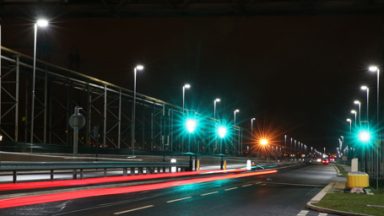The latest instalment of our smart city Top Tips blog series is all about creating a business case that is sustainable. We explore some of the core challenges when it comes to building a smart city and some of the ways to overcome them.
By 2050 almost 70% of the world’s population is expected to dwell in urbanised areas. This means that cities and towns are growing at a rapid rate and many are struggling to keep up with the demands of their public.
For many regions across the world, building smart cities is the solution. Using technology to create connected communities and infrastructure, urban services and architecture are enhanced to improve the quality of life for citizens. Exactly how is entirely down to you, but you will require a strong business case to gain buy-in.
The challenges
As you build your business case you are bound to face a number of challenges. Smart cities, in their very nature, are part of a new and progressing concept, therefore it can often be difficult to understand and define how smart city implementation will justify initial spend. In fact, ‘lack of evidence’ was found to be one of the key barriers councils face (when considering smart city development)in research we commissioned among others:
- A lack of funding
- A lack of internal prioritization
- A lack of evidence or proof
- Not enough collaboration
- A general lack of confidence
The above list just proves how vital it is for a clear strategy and research.
For example; using other smart city success stories for evidence can help you understand what will work for you. Look at other smart cities that faced similar problems to you and explore how smart solutions can be applied in the context of your city. Contact the specialists involved to find out the technologies implemented and their suitability for your borough.
Funding
In respect of funding it is important you decide benefits that could be a return on investment and consider collaborative partners to help deliver. When it comes to street lighting, the infrastructure already exists – lampposts are ubiquitous throughout most urban areas and offer the perfect platform for smart enhancements, without the initial structural outlay.
There are many financial benefits where optimising existing lamppost architecture is concerned:
- Adverts as a revenue stream
- No initial structural outlay
- Forward compatibility
- Reduced resource usage
Smart lighting and connected streets are just some of the many solutions that will provide you with a credible and sustainable business case, solving a number of problems around mobility, transport, traffic and security. For more information on street lighting as a use case click here or on the resource provided below.



